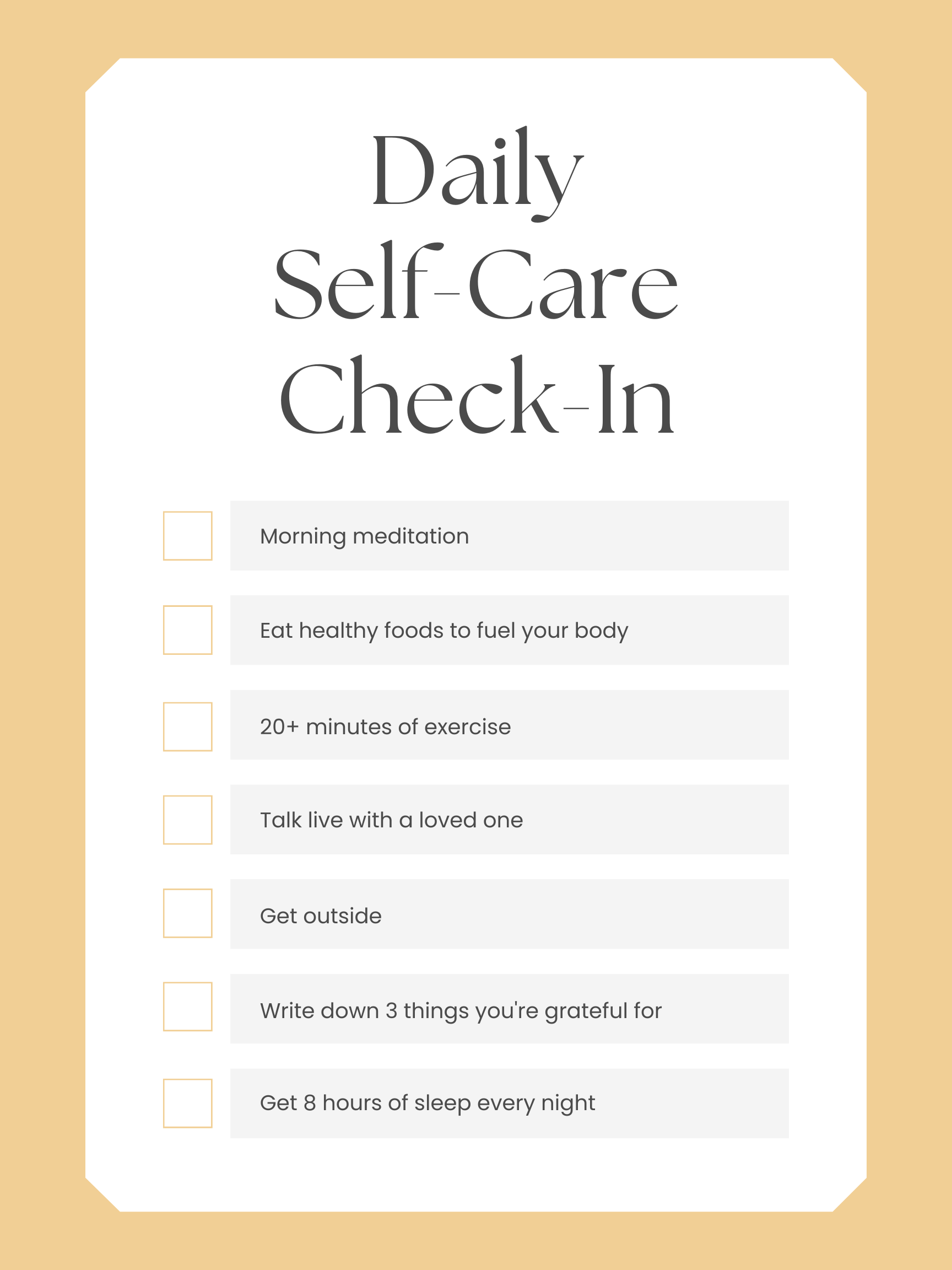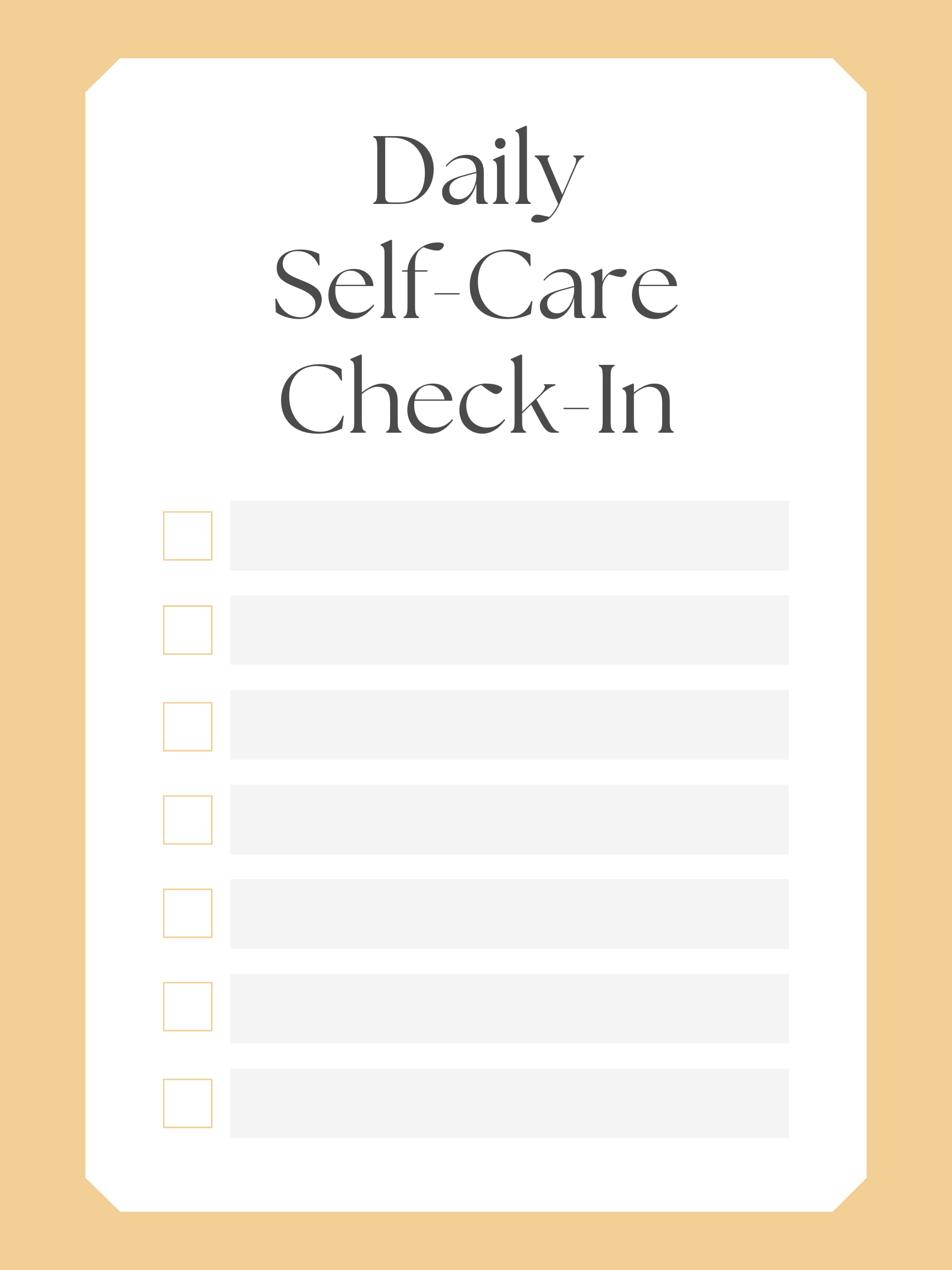The goal of rehab isn’t just to feel better. It’s also to live a more sustainable life. Dialectical behavior therapy (DBT) is designed to teach clients practical skills that will help them make healthier choices in the long term. By taking action to build a life that meets your needs, you can create an environment that supports your mental health.
Some diagnoses, like depression and anxiety, may have a greater impact on your internal emotional state than on your external life. Substance use disorders, on the other hand, are sometimes categorized as behavioral disorders.1 This means that they have a direct impact on a person’s actions. Because of this, behavioral therapies like DBT can be extremely effective for people in recovery from substance use.
What Is DBT?
Dialectical behavior therapy was first developed by Marsha Linehan in her efforts to treat clients diagnosed with borderline personality disorder (BPD). She drew from the principles of Zen Buddhism, using mindfulness techniques to help clients practice navigating difficult emotions.2
Because it’s designed to treat people with strong and sometimes volatile feelings, DBT focuses on practical skills. Group sessions may look less like therapy and more like classes. Rather than encouraging clients to delve even deeper into their already overwhelming emotions, the facilitator guides them through a textbook, leads discussions about the subject matter, and even assigns homework. Because it takes place in a group, clients also benefit from community support.
In addition to this experience, it’s common for each client in a DBT group to be assigned their own individual therapist. Typically, you’ll meet with your group every day and have private sessions with your therapist at least once a week. Unlike many other forms of therapy, you may also receive a direct phone number for your therapist and be allowed to call them to ask for support between sessions. Not every DBT group follows this format, however. Depending on your specific program, you may meet less often, you may not be invited to call your provider directly, or you may even be responsible for finding your own one-on-one therapist.
Group work, with its clearly defined subject matter, is at the heart of any DBT experience. This approach is designed to teach clients a specific set of tools that will empower them to navigate challenges effectively. By methodically studying these practical strategies, clients aim to develop the skills they need to live balanced and meaningful lives.
The Philosophy Behind DBT
A dialectic is a discourse, or a discussion. Dialectical behavior therapy recognizes that at times, we are at odds with ourselves. With that in mind, it invites clients to honor their own complex and sometimes conflicting emotions. When you simply accept your feelings for what they are, you may find it easier to tolerate life’s difficult circumstances.
DBT teaches that all of your emotions are valid, even when they’re overwhelming or disproportionate to the situation at hand. That being said, you are not your feelings. And you don’t need to let them control you.
Instead, clients learn to accept their emotional experiences in a mindful way. To achieve this, facilitators talk about 3 ways that clients can approach whatever is happening in their own minds.
Emotion Mind
When you’re overwhelmed by your feelings, a DBT facilitator might say that you’re “in emotion mind.” This is a natural experience, shared by people with and without mental health diagnoses of any kind. However, problems can arise when you consistently let yourself act on extreme emotions without considering the consequences.
For example, imagine you’ve just finished a hard day at work. You’re feeling anxious and frustrated. If you stay in emotion mind, you might spend the evening engaging in self-destructive behavior. This could mean misusing a substance, taking your feelings out on a loved one, or just lying in bed instead of going about your evening. There are times when emotionally driven behavior is warranted. In certain circumstances, it can even be healthy. However, some clients find that their lives are dictated by whatever they’re feeling in a given moment. Dialectical behavior therapy aims to interrupt these patterns.
Reasonable Mind
If emotion mind is at one end of a spectrum, reasonable mind is at the other. This perspective is so starkly rational that it may cause you to invalidate your own emotional experience. When you’re “in reasonable mind,” you may act in a way that appears effective, without considering the impact it will have on you in the long term.
Consider the same example—you’re feeling anxious and frustrated after work. If you’re deep in reasonable mind, you might decide to open your computer and keep working until 3 a.m., so that you can solve the problem before you return to the office the next day. Alternatively, you might decide to compartmentalize it, completely ignoring your own emotional reaction.
Either of these responses may sound like an effective way to handle the issue. And in the short term, that might even be true. If you’re in recovery from a substance use disorder, for example, working until the wee hours might be healthier than allowing yourself to relapse. However, this behavior can easily have negative long-term consequences. It’s unsustainable to work until 3 am every night. And what’s more, it might not actually resolve the issues you’re having at work. By avoiding or compartmentalizing your own emotional response, you risk compounding the problem.
Wise Mind
Wise mind in DBT is the happy medium between emotion mind and reasonable mind.3 From this perspective, you can honor and validate your feelings, while looking for practical solutions. After you make space to process your experience, you can take action in a careful and intentional way.
Following a difficult work day, a person in wise mind might call a friend and ask for support, or write in their journal about what happened. You could also find a healthy way to care for yourself, such as eating your favorite meal, taking a long bath, or watching a movie. After you’ve had some time to unwind, you might set aside a finite period of time to think of ways that you can make the next day a little easier. If the issue persists to the point where you have daily anxiety about work, you’re likely to notice it before it becomes completely unsustainable. In that case, you may consider strategizing with your colleagues about how to change a dynamic that isn’t working, or even looking for a new job.
One of the main goals of DBT is for clients to become more adept at accessing wise mind. By approaching life from this balanced perspective, you may be better equipped to make healthy choices that meet your own needs in a sustainable way. Before you begin therapy, this may sound like a vague and ethereal concept. However, Dialectical Behavior Therapy is grounded in practical skills. Clients in these programs learn extremely specific strategies in the effort to achieve this goal.
The 4 Modules of Dialectical Behavior Therapy
In the classroom-like setting of a DBT group, clients learn very specific subject matter. While there are several texts on the topic, most facilitators work from the first or second edition of Dr. Linehan’s original DBT workbook.4 As your therapist guides you through it, you’ll cover four distinct modules.
Note: Although these textbooks are readily available, clients are advised against beginning this work on their own. Even with proper supervision, this therapy can be very challenging and even triggering. If you’d like to begin going through Dr. Linehan’s assignments in depth, it’s very important that you do so in the context of a DBT group.
Mindfulness
Mindfulness teaches you to be present in the moment, accepting reality as it is. As simple as this sounds, it can be a powerful practice with wide-reaching impacts. Research has found that mindfulness techniques can reduce stress,5 and may even alleviate some symptoms of depression and anxiety. During this module, DBT clients may practice meditation, breathing exercises, and other strategies that help them stay connected to their emotional experience.
Emotion Regulation
Some people are more emotionally sensitive than others. That’s neither good nor bad. In some circumstances, it can be an extremely positive thing, allowing you to feel joy or excitement more deeply than others might. In difficult situations, however, it can make you more vulnerable to emotional distress. This may lead to unhealthy coping mechanisms, which can be especially dangerous for people healing from substance use disorders.
People with a history of substance use sometimes also struggle with emotion regulation6 caused by neurochemical imbalances. These symptoms may or may not be alleviated by medical detox. Even after your body begins to heal, you might find that your emotional experience is different than it was before you began recovery.
Learning to regulate your emotions can help you navigate the natural ups and downs of life, without getting lost in any one experience. This can be extremely important as you work through your triggers and develop healthier responses to various stimuli.
Interpersonal Effectiveness
Any mental health diagnosis can have an impact on your relationships. This is extremely common for people with substance use disorders. As you begin recovery, you will likely start the hard work of healing those relationships, while also building new ones that support a more sustainable lifestyle.
The skills you learn in this module will help you strike a balance in your interactions with other people. You’ll find ways to interrupt unhealthy dynamics by asking for what you need, setting clear boundaries, and stepping away when that’s the best possible choice. In a healthy relationship, people don’t compete to see whose needs are more important. DBT offers practical communication strategies that empower you to respect yourself and the people around you at the same time.
Distress Tolerance
We all encounter hardship. Life can get better, and it can get easier, but it will never be perfect. Even when you make the best possible choices, you may still encounter difficult circumstances that are outside of your control. Distress tolerance teaches you to approach these situations mindfully, without engaging in self-destructive behavior.
These tactics can be especially helpful for people who are healing from trauma. By centering yourself in your body, you can sometimes interrupt intrusive thoughts and flashbacks. DBT at Futures Mental Health Program, for example, is designed to help clients through stressful experiences. This treatment approach “focuses on the mind, body, and ability to utilize skills during challenging times.” These strategies can be helpful not only for people with substance use disorders, but for those healing from a wide variety of other diagnoses.
Who Can Benefit From Dialectical Behavior Therapy?
While DBT isn’t right for everyone, it can help clients with many different emotional experiences. Research has found that it’s especially beneficial for people with certain diagnoses.
Borderline Personality Disorder (BPD)
This treatment approach was originally developed for people with Borderline Personality Disorder (BPD). While it has been adapted for use with many additional diagnoses, its subject matter is particularly relevant to this population.
BPD is a highly stigmatized diagnosis, and it can be difficult to find the help you need and deserve. Even the act of researching your symptoms can sometimes be counterproductive, due to an overabundance of misinformation. It’s important to choose your sources wisely, and connect with professionals who specialize in working with people like you.
It’s also important to note that BPD is strongly associated with PTSD and complex PTSD (c-PTSD).7 Even now, researchers sometimes struggle to distinguish between the two diagnoses. One study found that “over 71% of those with BPD had trauma.”8 Despite the associated stigma, you are not to blame for your emotional experience. That’s true of any diagnosis. DBT acknowledges those with BPD as whole people, with unique needs, goals, and values. You, like everyone, have the right to heal.
PTSD and Complex PTSD (c-PTSD)
Perhaps because of its similarities to borderline personality disorder, DBT is also a very effective treatment for PTSD.9 Clients who attend rehab to heal from trauma, or to heal from co-occurring disorders, may benefit from this type of treatment.
Mindfulness, in particular, can be an extremely effective way to work through dissociative episodes. Learning to accept and regulate emotions may also help clients navigate triggers and either avoid or safely weather flashbacks.
Dr. Monika Kolodziej, Program Director of McLean Fernside, says,
“One of the first steps to recovery from trauma is to be safe today. So teaching skills related to mindfulness, interpersonal communication, self-care, [and] having a good routine every day is a form of trauma-informed treatment.”
Substance Use Disorders
Substance use disorders are often related to trauma. In some cases, clients turn to substance use due to pre-existing PTSD; in other cases, the act of substance use causes clients to experience new trauma. As Dr. Kolodziej explains:
“Providing trauma-informed care is very important. And what that means is being sensitive to the possibility that someone who comes in for treatment for substance use issues also has a trauma history.
We know that from many years of research, and by virtue of knowing what severe substance use entails.”
Because of these similarities, clients in recovery from substance use may similarly benefit from DBT to clients with PTSD.
Even if you don’t have a history of trauma, substance use may cause neurochemical imbalances,10 effectively dysregulating your reward system. This can have a drastic impact on your behavior and your ability to tolerate extreme emotions. Whatever your past experience has been, your time in rehab is an opportunity to learn or relearn healthy coping mechanisms. By practicing these skills in a protected environment, you may become better equipped to use them after you complete an inpatient program.
Suicidal Tendencies
Clients with a wide variety of mental health concerns may experience suicidal tendencies. According to one study, it’s more effective to treat suicidality with a combination of medical therapy and DBT11 than it is to use medical therapy alone. While more research is needed, this suggests that DBT may be helpful for people with other diagnoses as well.
Because this type of therapy teaches clients practical skills they can use long after completing rehab, it may be especially helpful for people with chronic conditions, such as treatment-resistant depression.
Dialectical Behavior Therapy for Ongoing Mental Health
If DBT works well for you, it can become a part of your daily life even after you complete a rehab program. It’s not uncommon for clients to return to DBT groups more than once, going over the curriculum from a fresh perspective. And whether or not you join a group a second time, there are many published resources—such as flashcards, workbooks, and textbooks—that you can simply keep on hand as reference materials.
Dialectical behavior therapy isn’t the right type of therapy for everyone. And even if it does meet some of your needs, it’s not a substitute for other forms of treatment, like medical detox. Joining a group is helpful for many people, but not all groups pair their clients with individual therapists. As productive as this approach can be, you’re likely to get the most benefit from doing DBT in combination with other modalities.
Remember that dialectical behavior therapy, like recovery itself, is a learning process. This is a set of long-term, practical strategies that can help you respond to a long-term emotional experience. It may take some time for you to see the benefits of DBT in your daily life. Fortunately, its lessons in mindfulness may help you learn to trust the process.
If you think this type of treatment might be the right fit for you, you can visit our list of rehabs that offer dialectical behavior therapy.
Frequently Asked Questions About Dialectical Behavior Therapy (DBT)
Who can benefit from DBT?
Dialectical behavior therapy can benefit people with various emotional challenges, including those with borderline personality disorder (BPD), PTSD, complex PTSD (c-PTSD), substance use disorders, and suicidal tendencies. It provides practical strategies for emotional regulation, coping with trauma, improving relationships, and managing mental health conditions.
Can DBT help people with substance use disorders?
Yes, DBT can be highly beneficial for people recovering from addiction. DBT addresses the behavioral aspects of addiction by teaching practical skills to manage cravings, cope with stressors, regulate emotions, and improve interpersonal effectiveness. By learning the skills and strategies taught in DBT, people in recovery can enhance their chances of maintaining sobriety and building a more balanced and fulfilling life.
What are the 4 modules of DBT?
The 4 modules of DBT are mindfulness, emotion regulation, interpersonal effectiveness, and distress tolerance. Each module focuses on specific skills to help people become more present, regulate their emotions, improve relationships, and cope with stress.



















 /caption]
/caption]

